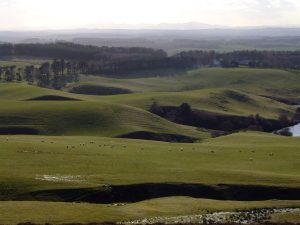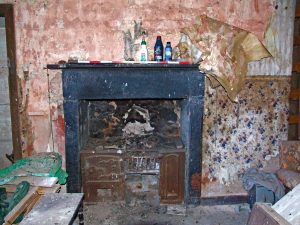Project Summary
The Lost Landscapes/Monuments Project, was a series of four exhibitions and associated residencies, events and workshops, integrated into ongoing archaeological research partnerships in the region. This project was a cumulative exploration of the relevance of the monument to contemporary art, creating original interpretations of monumentality for the 21st century, and engage the public with innovative open archaeology and art events.
The 4 projects were diverse but coherent in offering alternative views of contemporary art and archaeology as relevant and empowering for locals and visitors to the area. Nungate dig was an Open Access excavation that received over 300 school children and nearly 100 members of the public including passers-by were welcomed onto the site to dig. Bothwell’s Castle located and evaluated a 15th century townhouse, opened over 400 school children and visited by over 1500 members of the public. Herring Road, was both an examination of the historic route and its place in local folklore as well as a successful performance art activity, as groups traversed the 30 miles from Dunbar to Lauder. Bullet Holes collected data on the hundreds of shot holes peppering the Church of St Mary’s in Haddington – the traces of conflict from 1540s, where the tangible evidence is in the negative impressions left by the impact of bullets on the church walls.
This is a link to Song from the Herring Road by Wounded Knee, an extract from a longer (37 minute) sound installation exhibited at Peter Potter Gallery in Haddington in 2011: https://woundedknee.bandcamp.com/track/song-from-the-herring-road-extract?fbclid=IwAR1WGyOa2UUqiYGTzzvSqw88GRIpuvPBIM636XgpkzecsB2nISHjp77JKAk
Exhibition by artist Nicky Bird (2011) Archaeology of the Ordinary – looking at the ghosts left behind from ruined houses.
https://nickybird.com/projects/archaeology-of-the-ordinary-2011/
Project Brief
As part of the Lost Landscapes/Monument Project, we put together a programme of 4/5 interlinked events in conjunction with the Peter Potter Gallery to engage, inform and inspire locals and visitors alike. while simultaneously discovering and researching real archaeology. The idea was to show how art, archaeology and community could combine to create a strong local narrative and sense of place.







